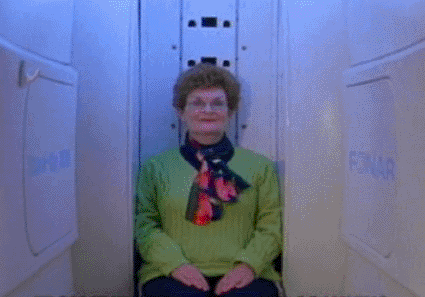Upright, Multiposition MRI Preferred for Obese or Claustrophobic Patients
By MedImaging International staff writers
Posted on 25 Jan 2010
An upright, multiposition magnetic resonance imaging (MRI) scanner is comfortable, accommodates patients up to 227 kg, and those who suffer from claustrophobia. The system is also suitable for patients who cannot lie down for any procedure and must be scanned upright.Posted on 25 Jan 2010
Fonar Corp. (Melville, NY, USA), announced that the Center for Diagnostic Imaging (CDI; Minneapolis, MN, USA) has purchased a third Fonar Upright Multi-Position MRI. The system is scheduled to be installed in CDI's OpenScan MRI center in Duluth (MN, USA), replacing the current low-field open-sided MRI scanner in that center.

Image: The upright, multiposition MRI scanner (Photo courtesy Fonar Corp).
"This is the first and only Fonar Upright Multi-Position MRI scanner in Northern Minnesota,” said Rick Long, regional vice president, Minnesota. "With our high-field, recumbent MRI scanner already in the market, the replacement of our existing lower field strength open-sided MRI scanner with an open upright MRI was critical to providing residents access to diagnostic services that could impact their quality of care. Now patients and their doctors get the dual benefit of the open comfort and higher quality images to guide diagnosis in one scanner.”
There are many other reasons to select the system. The uniqueness of the upright MRI to scan the patient weight bearing in multiple positions, for example, is often essential for fully understanding a patient's spine problem so that a correct diagnosis can be achieved and optimal treatment selected for each patient. Dynamic imaging views by this technology can be obtained by scanning the spine in the various positions of flexion, extension, or lateral bending.
Related Links:
Fonar














